PlayStation Vita Review
PlayStation Vita Review
PlayStation Vita proves the day of the handheld console is not over!
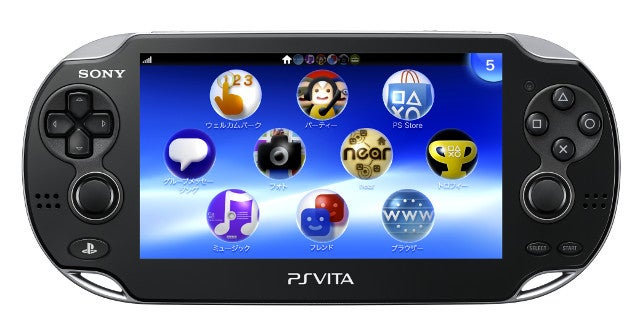
Verdict
Impressively powerful and astonishingly feature-packed, PS Vita is - at least for now - the ultimate handheld games machine. With its touch-capabilities, augmented-reality cameras and motion-sensing capabilties it’s a versatile little beast that should inspire some innovative developers, but it’s at its best playing big, immersive blockbuster games, where it brings the handheld and big-screen console gaming experiences closer than they’ve ever been before.
Pros
- Near PS3-quality 3D graphics
- Great mix of traditional, touchscreen and motion controls
- Dazzling sub-HD OLED screen
- Strong built-in apps and exciting games line-up
Cons
- Expensive for a handheld
- Unimpressive battery life
- Minor issues with Remote Play and media support
Key Specifications
- Review Price: £209.00
PS Vita – Introduction
It’s a Swiss army knife of mobile gaming hardware, with so much power and so many built-in gadgets and gizmos that it’s hard to imagine any type of game it couldn’t cover and it any type of gamer it couldn’t satisfy. Whereas the PSP simply aspired to being a PS 2 in your pocket, PlayStation Vita wants more. It has the screen, the dual analogue sticks and the graphics power that hardcore gamers demand, but also the touch functionality, cameras, tilt controls and quirky download games to reach those looking for something less traditional. It’s all games machines to all men.
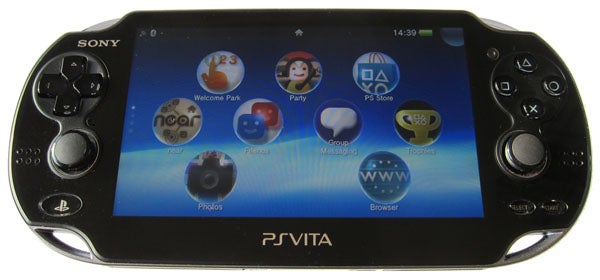
PS Vita – Design
The physical design is an evolution of Sony’s PSP Slim and Lite, the front dominated by the whopping 5-inch screen, with the dual analog pads to either side, the D-Pad on the left and the face buttons on the right, in a layout that will immediately seem natural to anyone famiiar wth a dual-shock 3 controller. Of course, PS Vita has only two shoulder buttons, modelled in clear pespex to maintain the unit’s elegant lines, but – as we’ll see later – this is less of an issue than it might seem. The Vita feels light and comfortable in your hands, and while the position of the sticks takes a little getting used to, it’s a very easy handheld to use for long periods – much more so than the rather cramp-inducing 3DS. At 280g, it’s comfortably light as well.
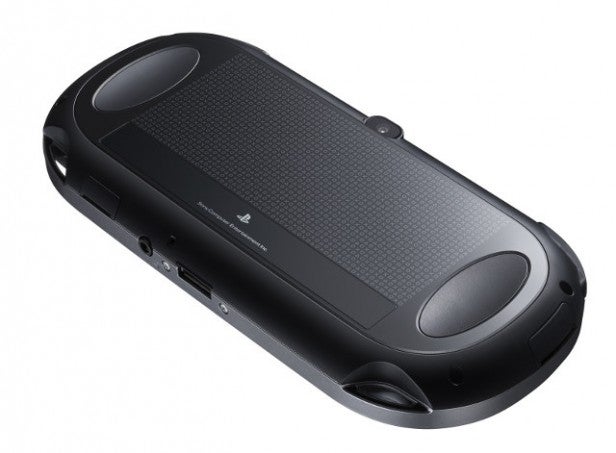
PS Vita – controls
The physical controls work perfectly. We had some minor doubts about the accuracy of the right analogue stick while trying to aim in Uncharted: The Golden Abyss, but in other titles it doesn’t seem to be a problem, and the feel is just right; arguably one step closer than the 3DS analogue stick in giving you what you’re used to from a full-scale controller. For FPS games it’s going to make a massive difference. And while you might miss the L2 and R2 buttons in some games, it’s unlikely to be a huge problem, for the simple reason that PlayStation Vita has what you might almost call a surfeit of other controls.
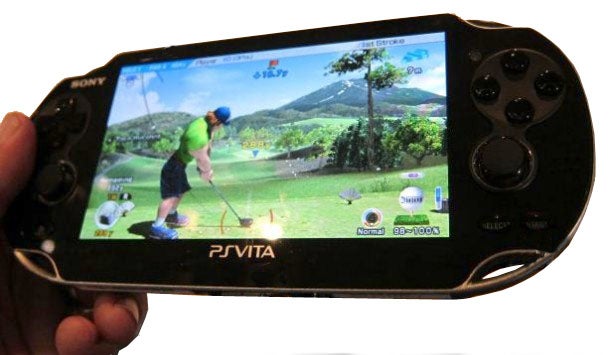
The most obvious is the capacitive front touchscreen, which is fast, responsive and multitouch aware. Uncharted and many of the PS Vita launch titles use it regularly, both to provide handy onscreen buttons or menu controls, and as a means for swiping or pinching gesture controls. Then there’s the rear touch panel. Prodding it without seeing what you’re doing feels a little unintuitive at first, but once you’ve used it to push ridges in the landscape to roll a pint-sized monster around in Little Deviants, the potential starts to become clear.
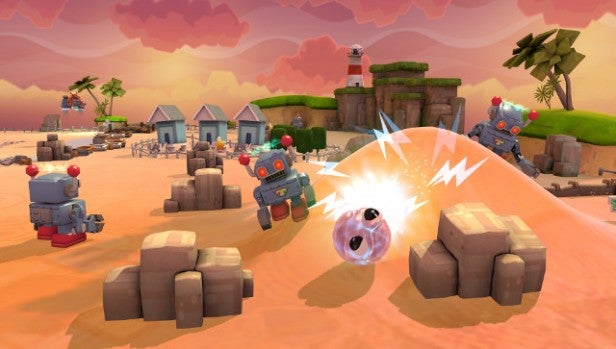
Then there’s the Playstation Vita’s tilt controls. You can use them in the expected way, tilting to steer in Wipeout 2043 for example, but they become useful in other games as well, allowing changes of view in the Pool game Hustle Kings, or providing an excellent means of fine-tuning sniper shots in Uncharted. Most of all, they come into their own in the Augmented Reality shenanigans of Little Deviants or Reality Fighters, with the former having you rotate physically on the spot to blast alien invaders from the real world skies that surround you, while the latter uses them to control the view of the bout happening on your floor or coffee table.
PS Vita – Augmented reality
And it’s augmented reality that makes the most sense of PS Vita’s dual cameras. With a 0.3 megapixel resolution they were never going to be much cop for photography, and low light performance is predictably poor. Yet Sony’s initial efforts at making AR gaming work are great, bite-sized chunks of silly fun. Reality Fighters, for example, allows you to digitise your face, map it onto a CGI body, and then whack ten tons of stuffing out of Vita-owning friends or CPU-controlled opponents in the real-world environment of your choice. The fighters sit quite convincingly within the landscape in front of the lens, and while it’s a novelty act, it’s certainly a good one. The same goes for Little Deviants, where the action in the shoot-em-up segments takes place in the space around you.
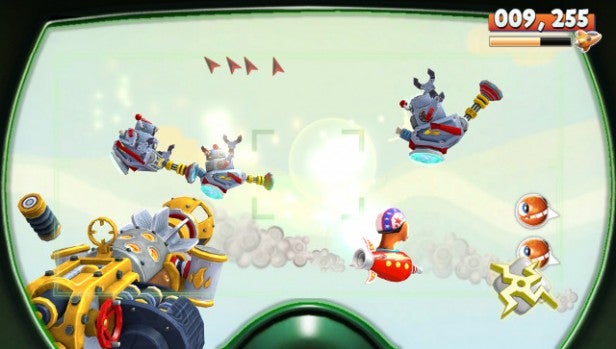
PS Vita – Screen, speakers and connectivity
There are some minor disappointments with PS Vita. While games will be available at retail on SD-card sized cartridges that slip into a slot at the top, download titles and any music or video files you transfer will end up on a smaller micro-SD sized card that slips into a covered slot at the bottom. However, instead of a regular micro-SD card Sony has opted for a proprietary alternative, available at roughly double the price. This might be good for the anti-piracy and profits, but it does’t do the buyer any favours. The connector and cable used to charge the
device and connect to a PC or PS3 via USB are also non-standard. Finally, and needless to say, the sound from the build-in speakers is a little thin and weedy (though still better than most smartphones we could mention).
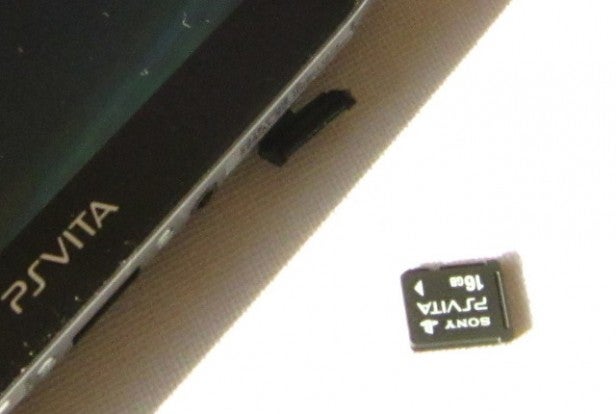
All is forgiven, however, when you see that PlayStation Vita screen. An OLED number with a 960 x 544 resolution, it’s a beauty; crisp, clear, with vibrant colours, deep blacks and brightness to spare. If it doesn’t have a true 720p resolution or quite the intense clarity of the iPhone 4’s Retina display, it still goes way beyond the sub-SD resolutions we’re used to in gaming handhelds, and – at the 5in screen size – it’s hard to tell that it’s not HD. It’s an exceptional screen for watching movies or playing games on, and about as good as you’re going to get without moving up the scale to a tablet device.
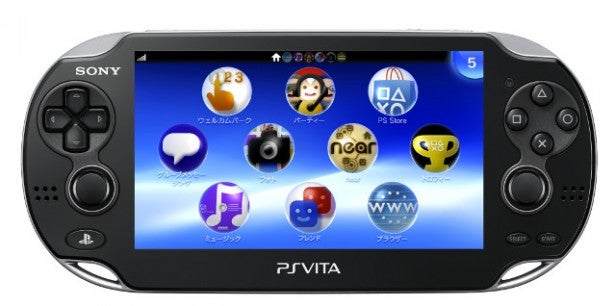
While you might have expected PlayStation Vita to embrace the XMB interface of the PSP and PS3 (not to mention numerous entertainment devices), Sony has gone for a new user interface. It’s based on the LiveArea a series of vertically scrolling screens with large smarties-shaped icons, which summon odd post-it note launchers that you literally peel off the screen to shut down. When more than one launcher is open, they stack in a 3D view across the screen for easy access. It’s all a little odd, but it fits PlayStation Vita’s touch-friendly approach perfectly, and makes it easy to switch from app to app when you need to.
PS Vita – Apps
Beyond games PlayStation Vita has a range of apps pre-installed, mostly focused around media playback or communications, with more to be available at launch. WelcomePark is a nice starting point, giving you a selection of tutorials and augmented reality activities that get you used to the main features of the device. Meanwhile, the Friends, Group Messaging and Party apps give you means of checking up, organising games with and chatting with PSN friends. Finally, the Web Browser, while
lacking flash funtionality and not feeling particularly brisk, is a big improvement on the PSP’s or PS3’s efforts for the simple reason that it has a touchscreen keyboard for text entry and touchscreen controls.
PS Vita – Near
The most intruging PlayStation app is Near. This searches for other PlayStation Vitas in your viscnity to tell you what other players are playing, what they think if they’ve rated the game, and what trophies they’ve unlocked in game. There are also mechanisms to win gifts in game and share these with contacts using Near, or even leave gifts in a specific location if – unlike us – you stump for the 3G Vita with its built-in GPS.. At the moment Near is an interesting take on social gaming, though a slightly useless one if – as is the case in this instance – there is no-one with a Sony Playstation Vita within a ten mile radius. Hopefully, this should soon change.
PS Vita – Media playback
For media playback, Vita will happily display photos in the most common file formats (JPEG, TIFF and PNG), plus music files in MP3 and AAC. Playback quality is excellent. Movie file support is a little more limited, with just MPEG-4 supported. This is fine if you simply plan to buy or rent movies from the PSN store, but if you want to copy across files from a PC then you’ll need to spend a little time converting. What’s more, PlayStation Vita won’t automatically downscale HD files you purchase from PSN for the smaller screen – it simply refuses to copy them across.
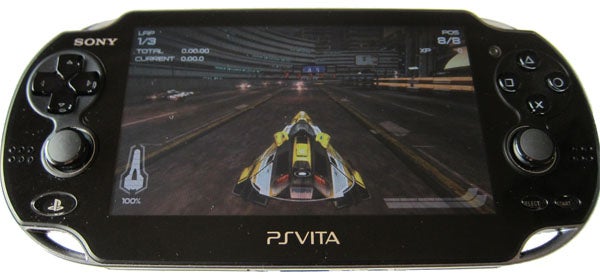
To make things more annoying, while the PSP’s old MediaGo Windows application would do a limited amount of rescaling and conversion for you, PlayStation Vita’s new Content Manager Assistant does little more than set up a USB connection and tell Vita in which folders to look. All the actual copying is managed from the Vita end of things.
PS Vita – PS3 connection
The same holds true when you use a PS3 as a hub, and we had a couple of issues getting PlayStation Vita to connect to our console, with the two refusing to hook up. Unplugging the USB cable and plugging it back in again seemed to fix things, however, and we expect this is the sort of teething issue that a firmware update will soon sort out.
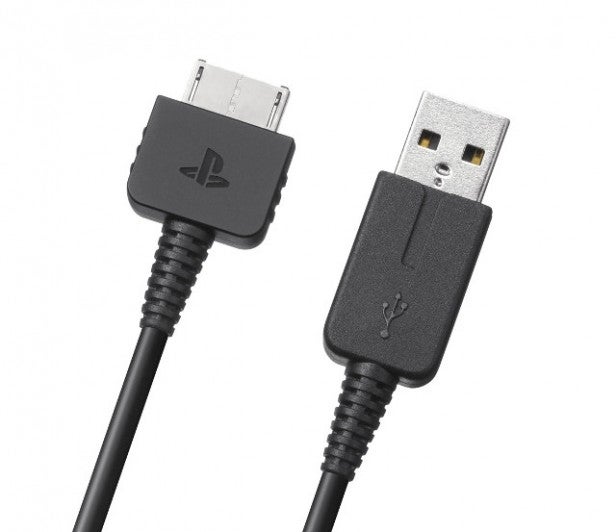
PS Vita – Remote Play
The final killer app in PlayStation Vita’s armoury should be Remote Play – a development of the feature in the old PSP. It’s a great idea, enabling you to play selected media and games on a Playstation 3 and stream them to Sony’s little box of tricks, so that you can enjoy them with the living room TV switched to another channel or turned off. Unfortunately, when we say ‘selected’ we mean it. In testing we couldn’t get Blu-ray discs or PSN video files to stream, and the only PSN video service we could get to work was Vidzone. Games support meanwhile is limited to a handful of titles, with PixelJunk Shooter being the only one in our games collection to pull through. This is disappointing, but it’s the kind of thing that might also change with future firmware updates and future game releases.
PS Vita – Battery life
The last issue that might cause a few frowns is PlayStation Vita battery life. It was a problem for Sony with the PSP and it has even been a problem for Nintendo with the 3DS, but it seems that there’s no magic way to create a big-screen gaming device with lots of processing power at its disposal and not result in something that consumes juice at an unseemly rate. Actual battery life will depend on the activity you’re engaged in or the game you’re playing, but you won’t get much more than three and a half hours of Uncharted before the supply runs dry, though on the plus side the system holds up surprisingly well when put to sleep.
PS Vita – Games
See our full list of games in our PlayStation Vita roundup
PlayStation Vita does not disappoint when it comes to games. PSP always promised to deliver full-scale console gaming on a handheld, but only with a few titles did it ever deliver. The 3DS promises much the same thing, and with Resident Evil: Revelations, Mario Kart 7 and Super Mario 3D Land it has delivered, but with one important caveat: the console in question
is a Gamecube. With PlayStation Vita, Sony has got impressively close to producing a handheld with the graphics performance of a PS3.
Playing the most impressive of the launch titles – Uncharted: The Golden Abyss – it’s clear that it hasn’t got the same polygon pushing power or access to the most advanced texturing, particle or lighting effects, but it still looks, sounds and plays like the first Uncharted on Sony’s current generation machine. The jungle scenery is lush, the water effects
convincing and the shadow and lighting effects put it squarely in the current generation. Nor is there a real sense that you’re running through heavily cut-back environments or fighting against spectacularly dumb opponents. There’s very little to cue you in to the fact that you’re playing a handheld game.

And this is a theme that echoes across titles in the launch line-up. There are some nice PSN titles that put more emphasis on the touchscreen, cameras and tilt controls, but Vita is at its best when it’s showcasing console-quality games like Uncharted: The Golden Abyss, the dazzlingWipeout 2048 or the gorgeous physics-defying action game, Gravity Rush. With its large screen, dual sticks and potent 3D graphics hardware, it does more than any handheld before to close the gap between mobile and console gaming. We’ll talk about this in more detail when we come to review the individual games.
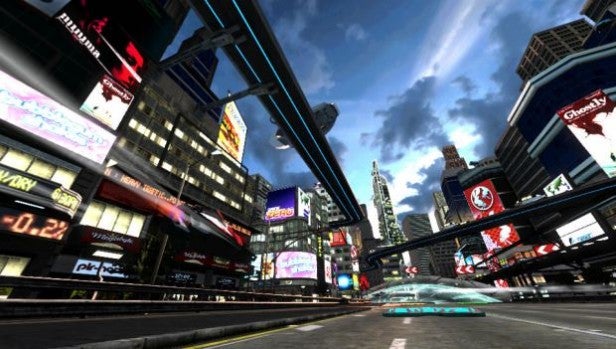
And it’s this that should sell PlayStation Vita to gamers. While it’s competing for the same cash as smartphones and tablets, the simple fact is that nothing – not even the iPhone 4S or iPad 2 – delivers games that look this good and play this well, or does so with proper, console-style controls. Unless Apple hits us with clip-on gaming accessories for iPad 3, Vita should have the upper hand here for some time. Nintendo’s 3DS has the edge on price and a growing library of excellent games, but after Vita it feels comparatively underpowered. Even having played through Resident Evil: Revelations with the Circle Pad Pro accessory, we’re left impressed with what Capcom has managed on the hardware, but wondering how much better a Vita version would have looked.

PlayStation Vita isn’t cheap and we still need to see more games that take advantage of its power; the upcoming Resistance: Burning Skies and Bioshock and Call of Duty projects will certainly help the cause. Nonetheless, this is currently the most exciting mobile gaming platform on the planet, and one that deserves to reach a bigger audience than the old PSP ever did.

